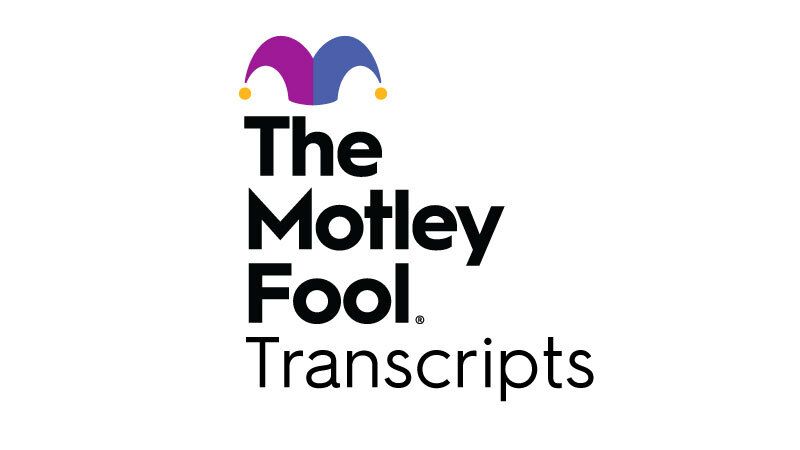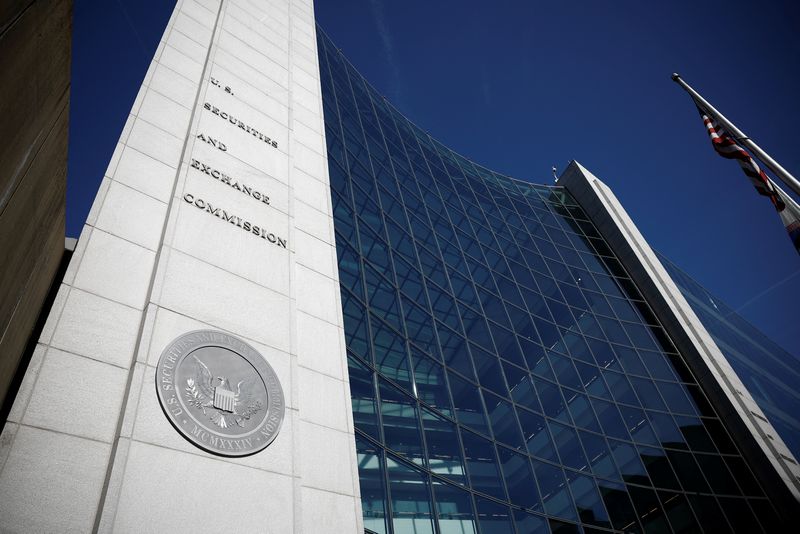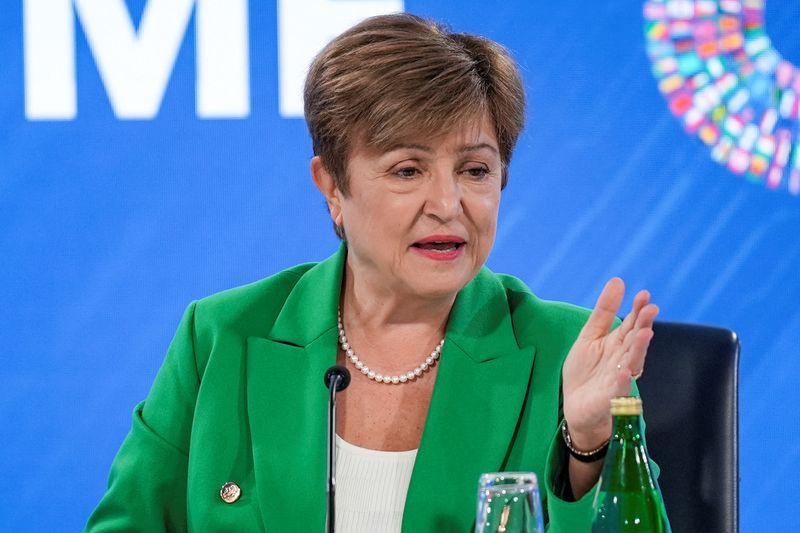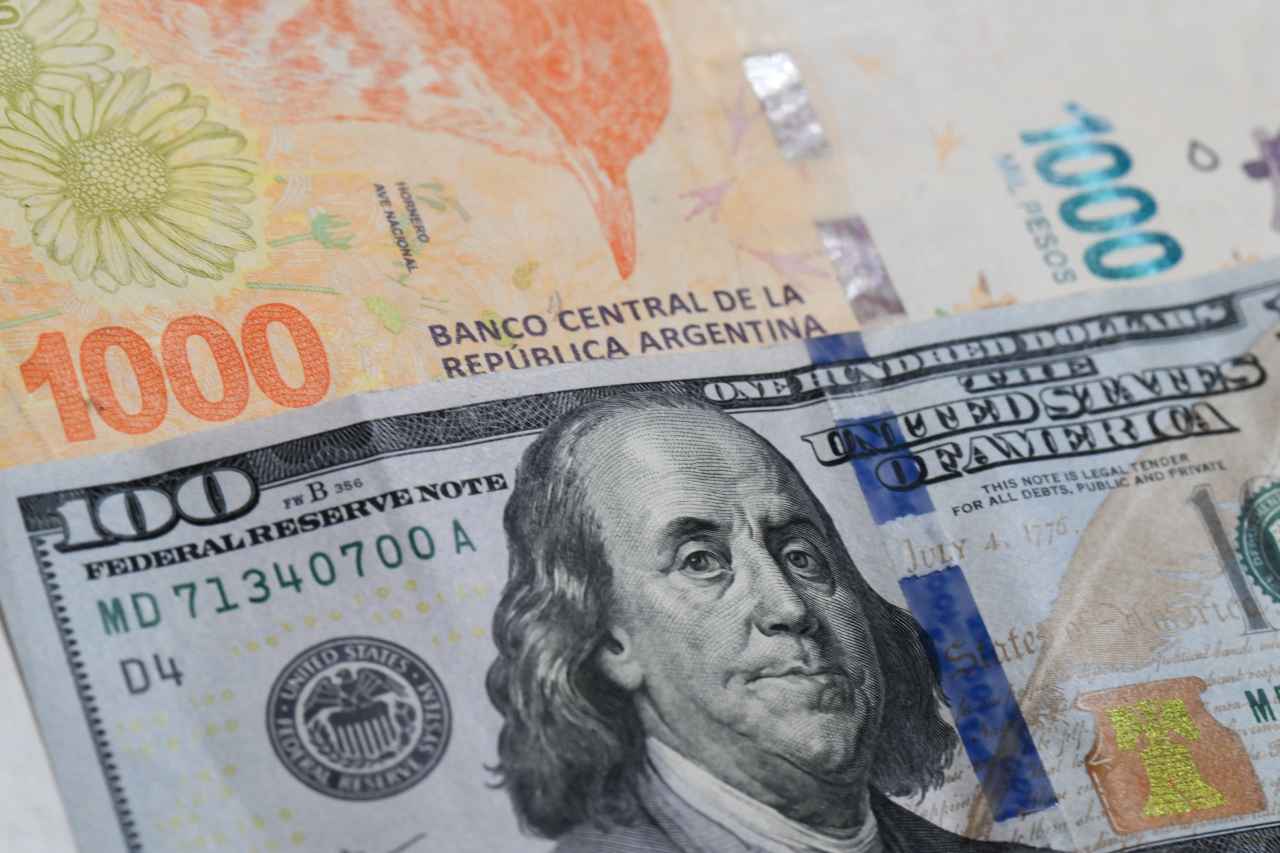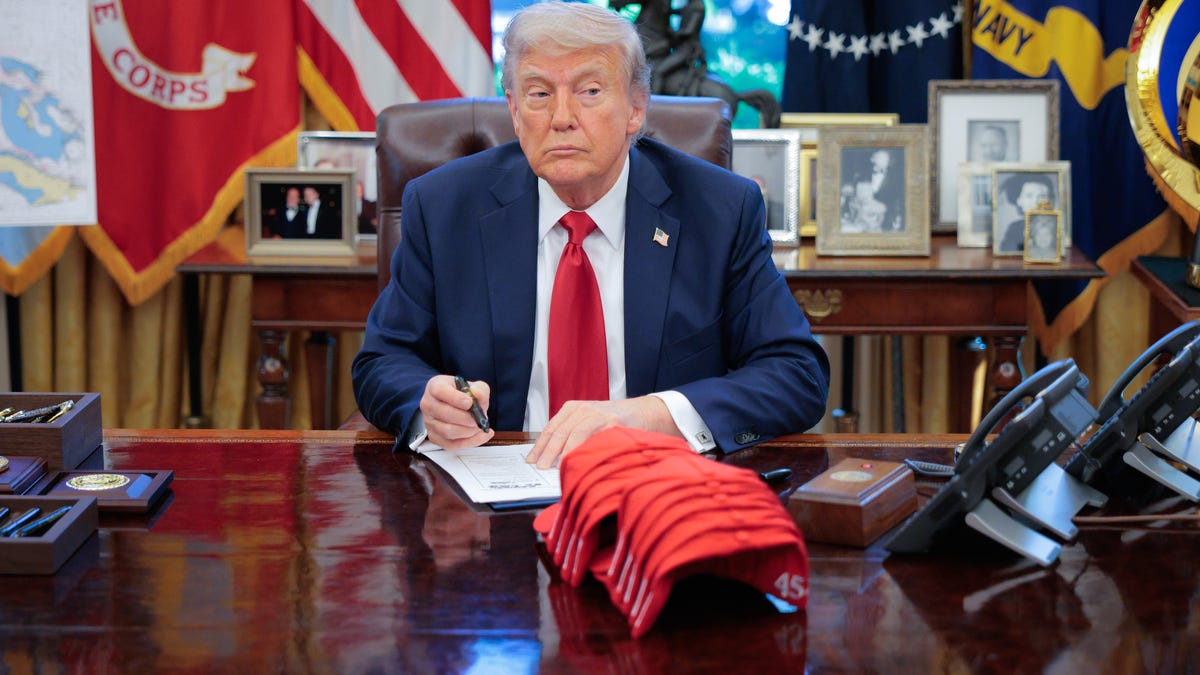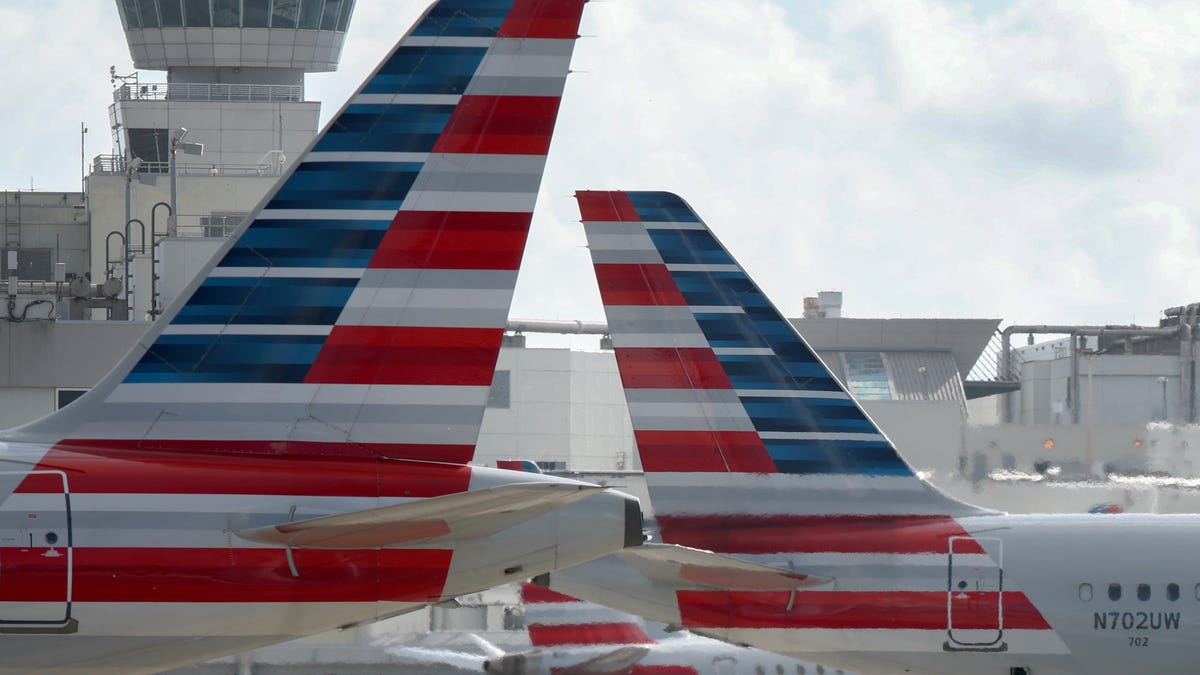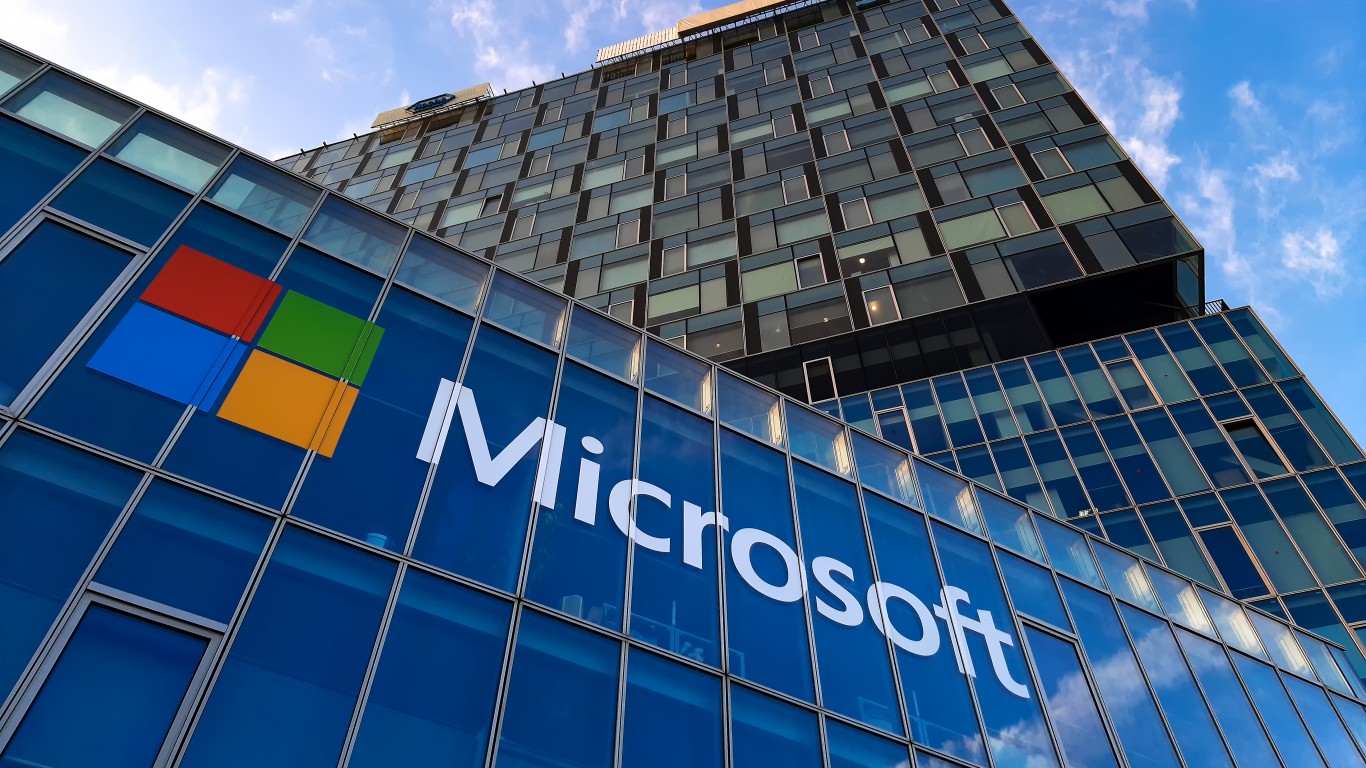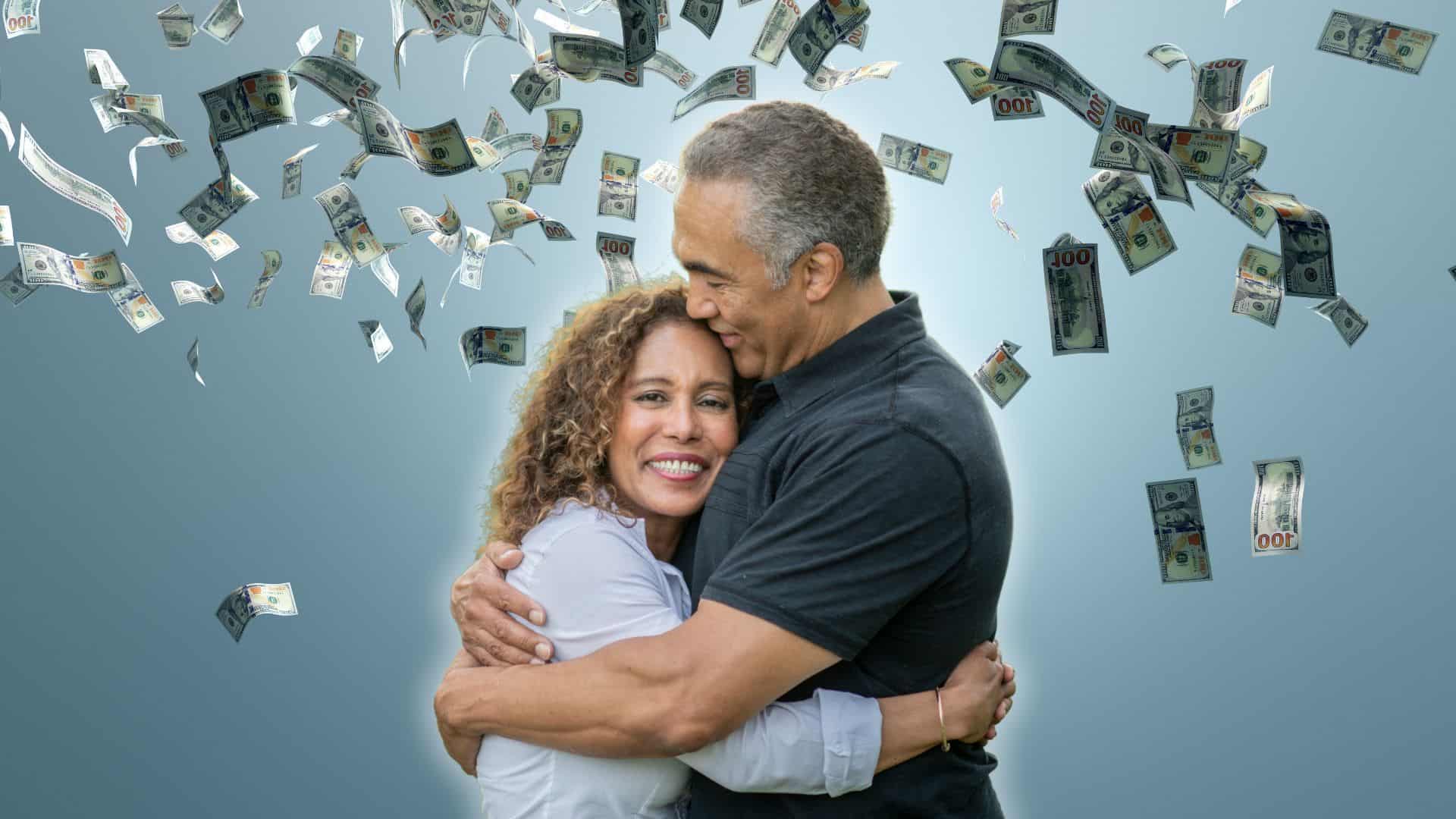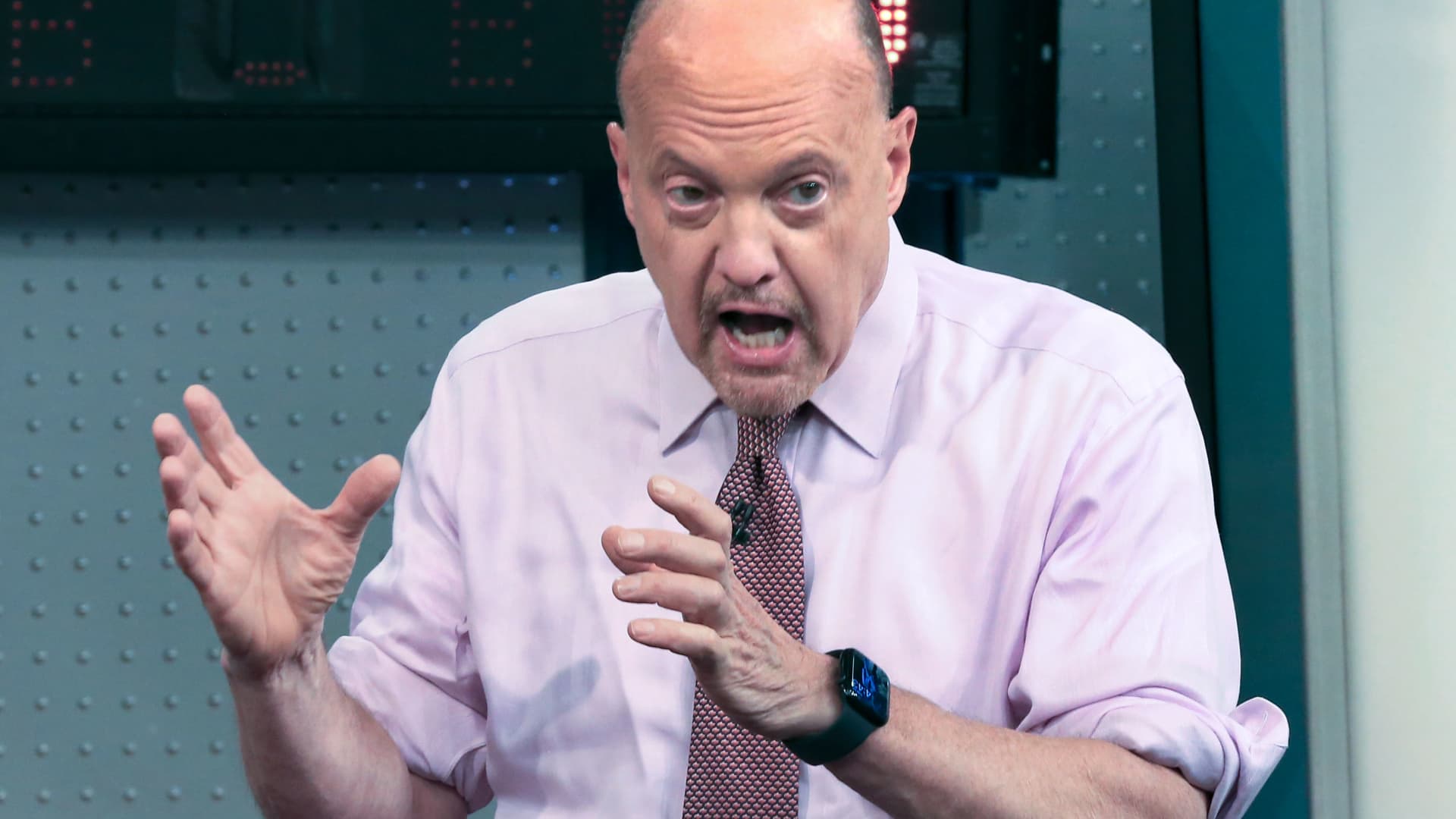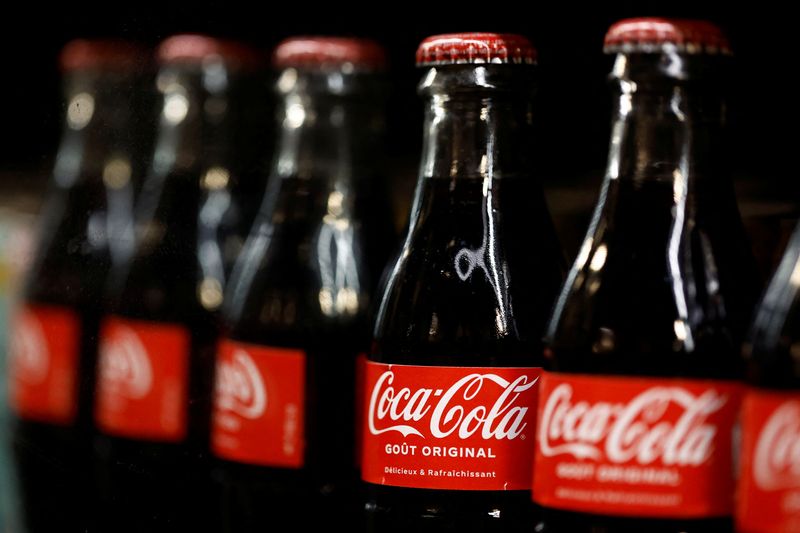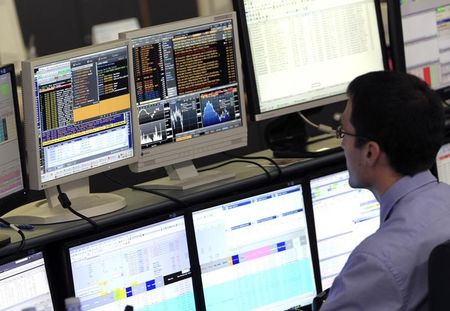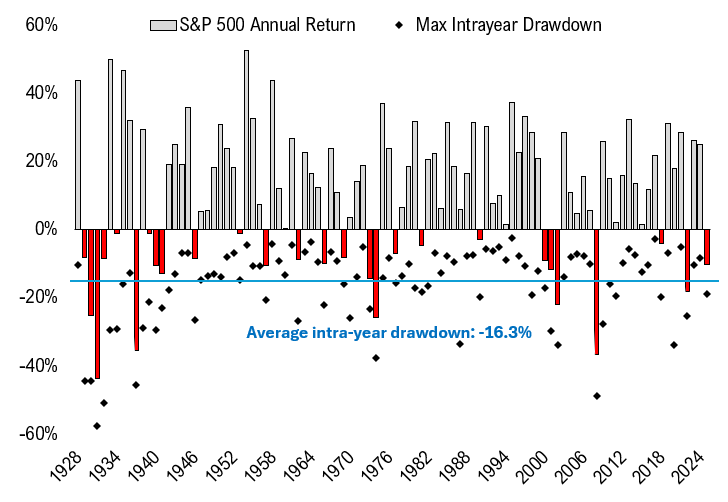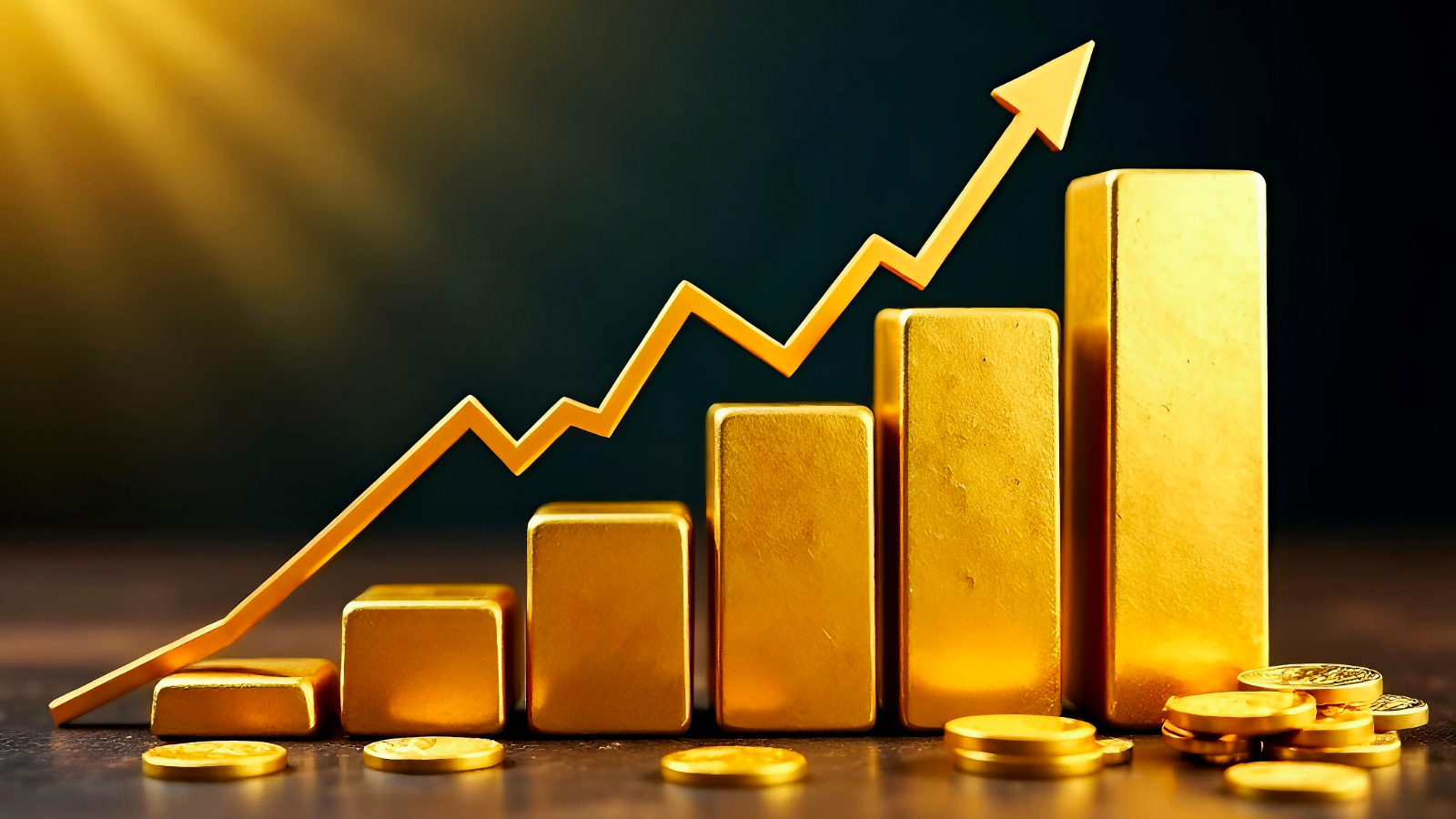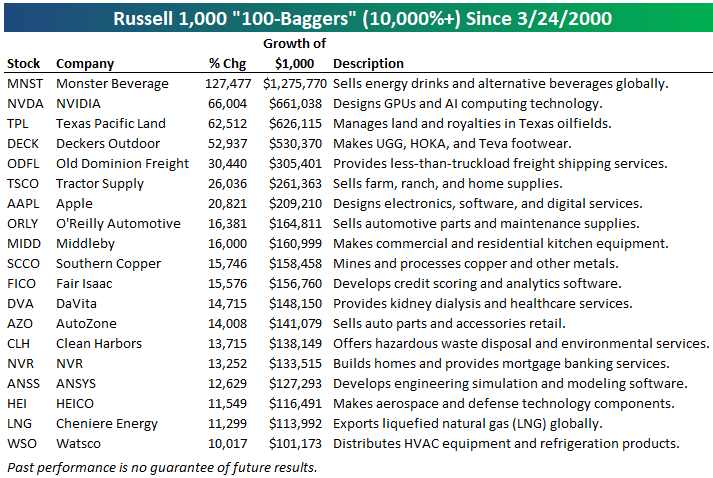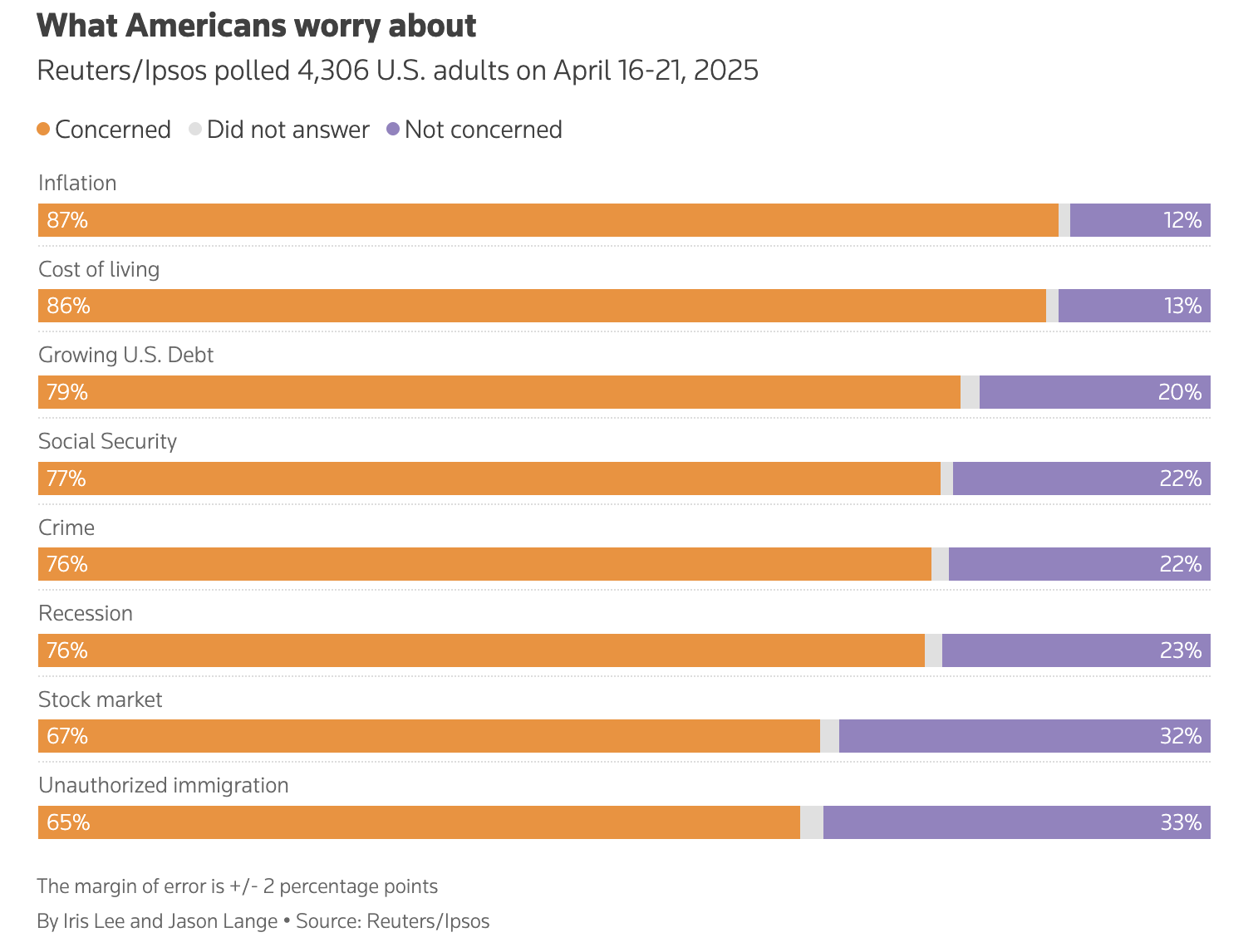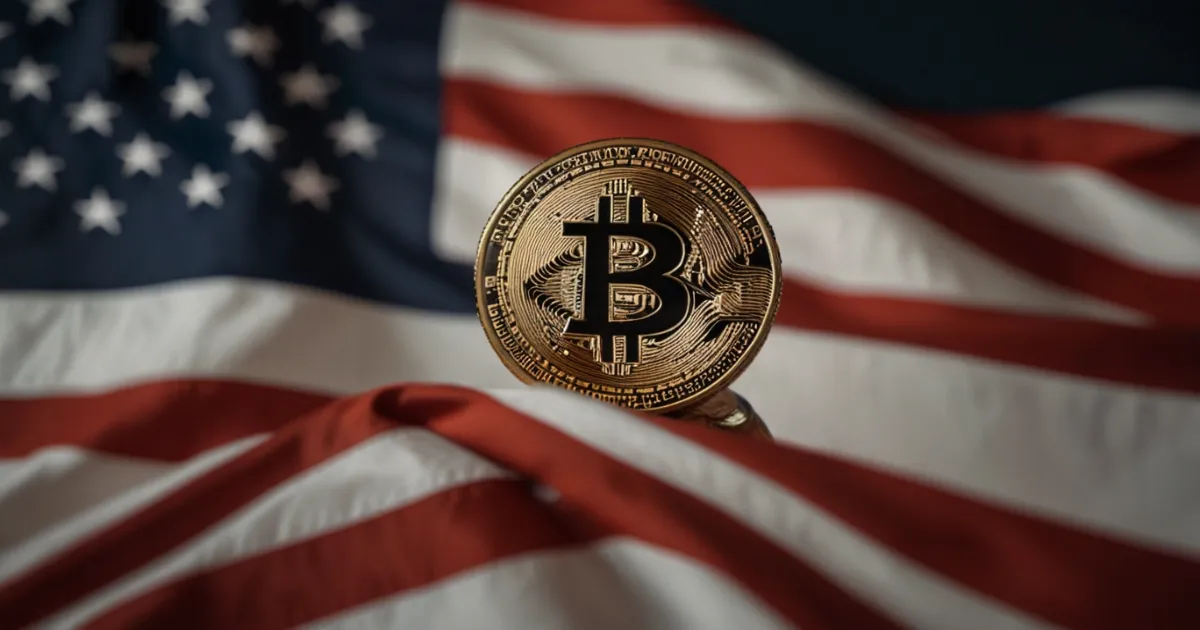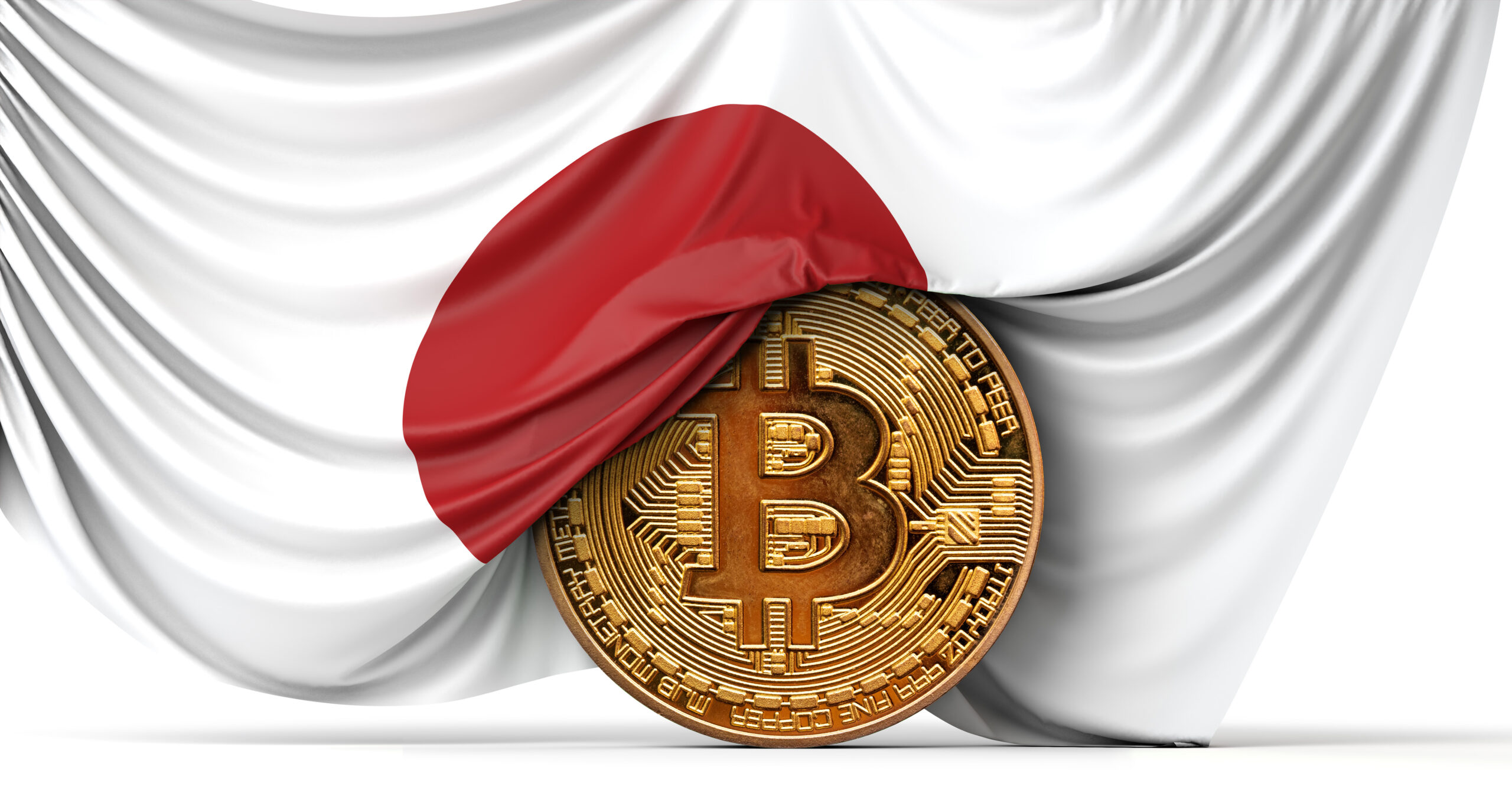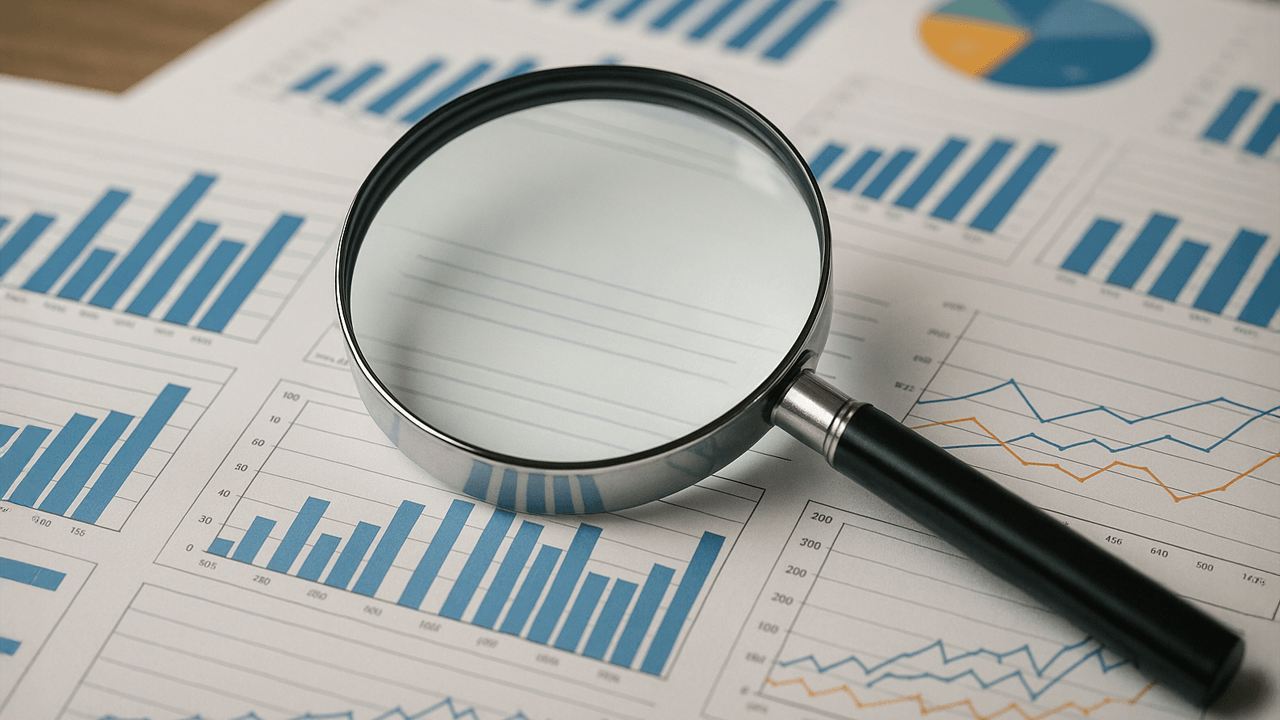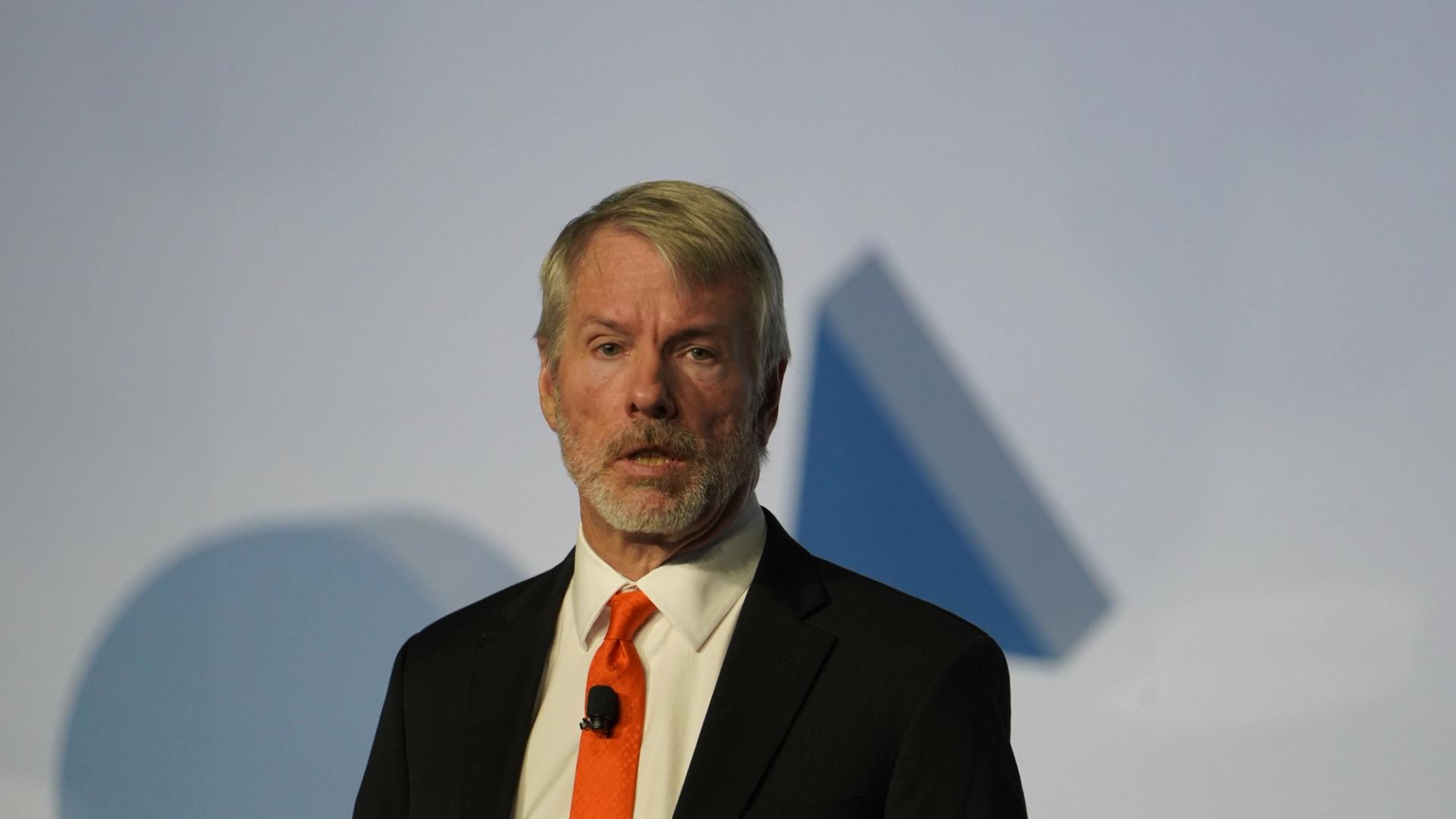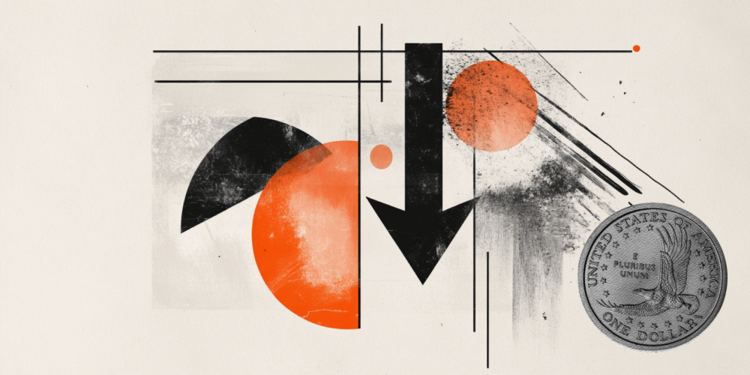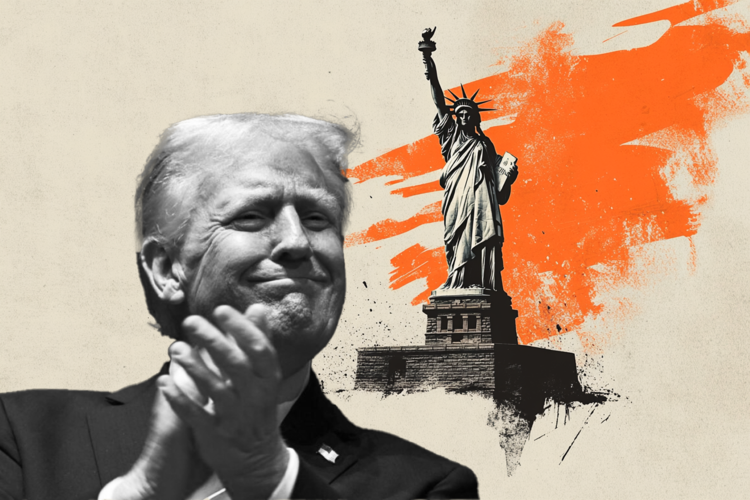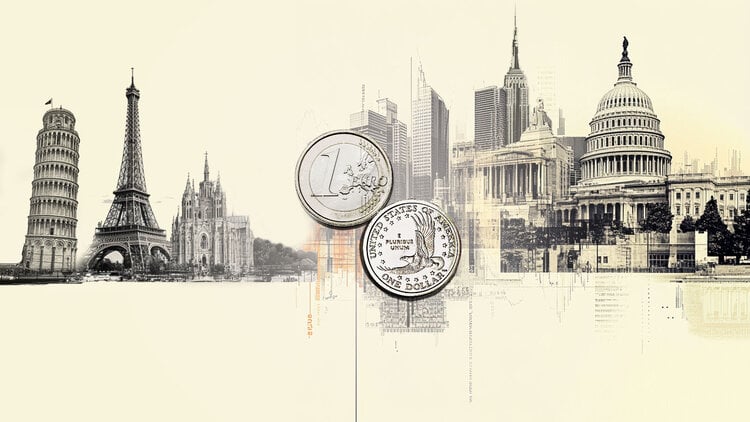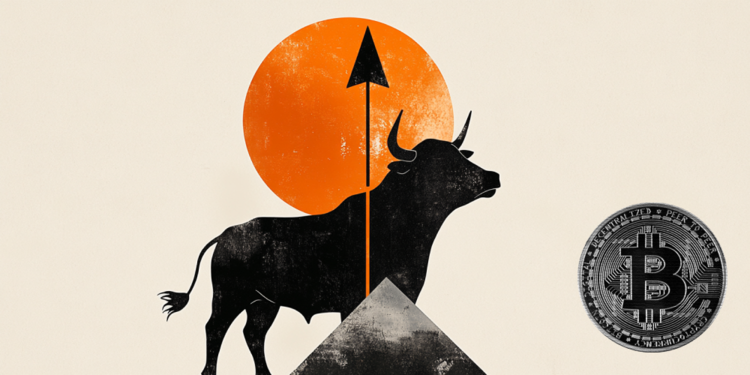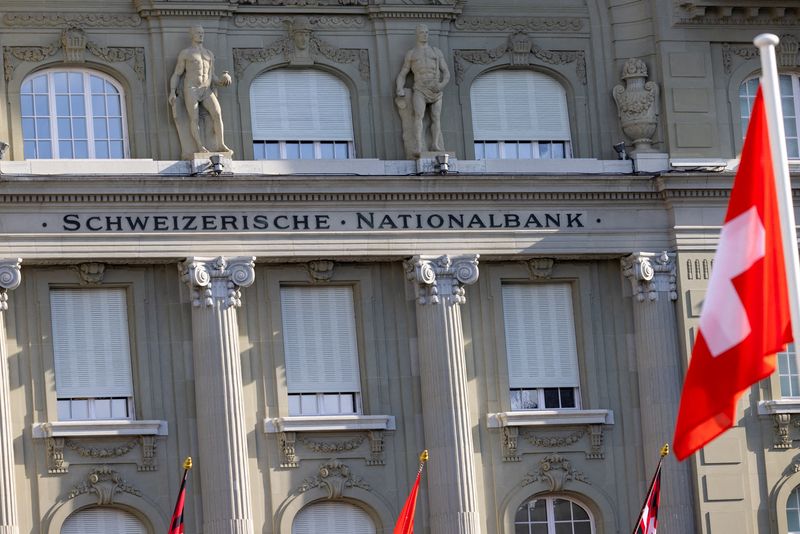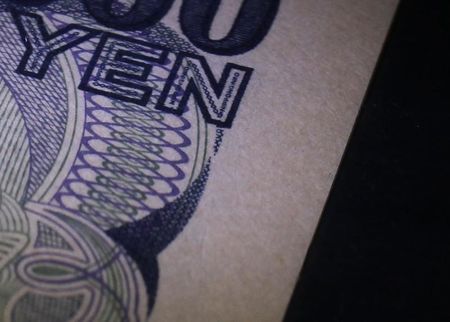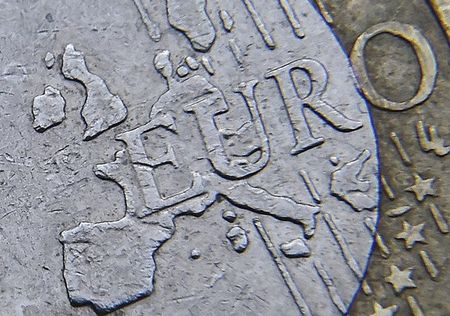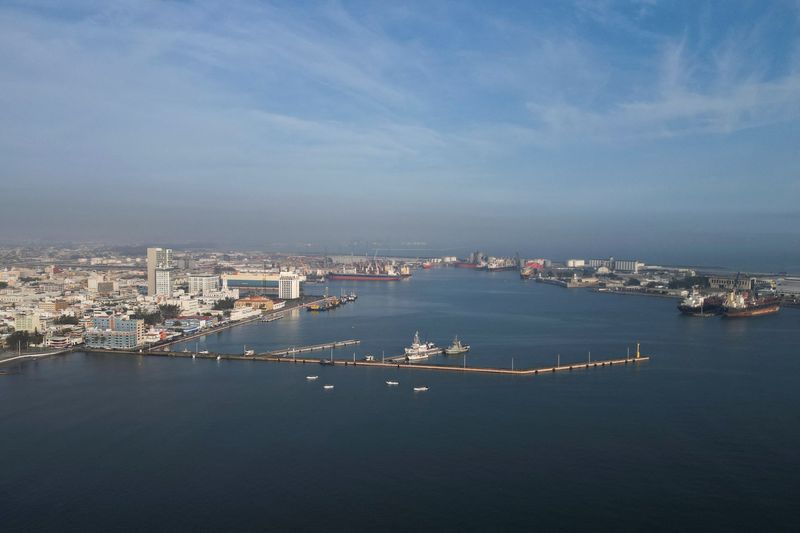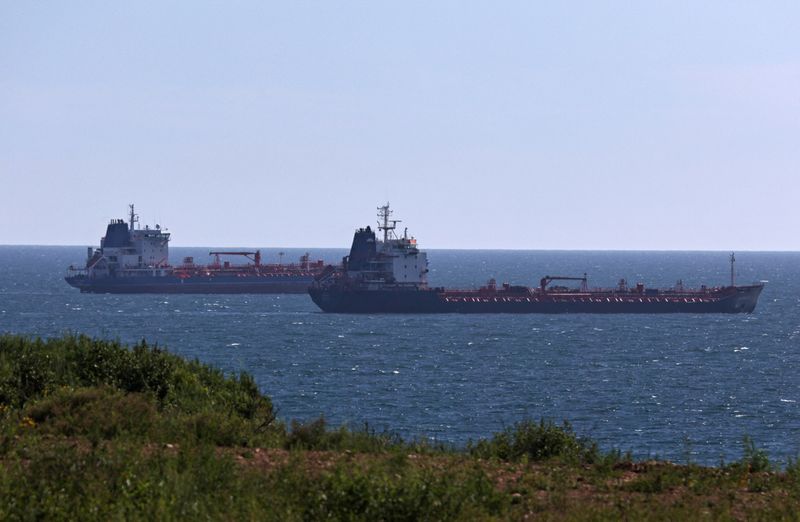Which National Currencies are the Strongest, and the Weakest, in the World in 2025?
Financial markets around the world have faced significant upheaval this year, impacting not only stock markets but also the value of national currencies. This matters greatly not just to forex traders but to billions of people worldwide. When a currency is strong, it enables consumers to purchase more from other countries and draws in foreign […] The post Which National Currencies are the Strongest, and the Weakest, in the World in 2025? appeared first on 24/7 Wall St..
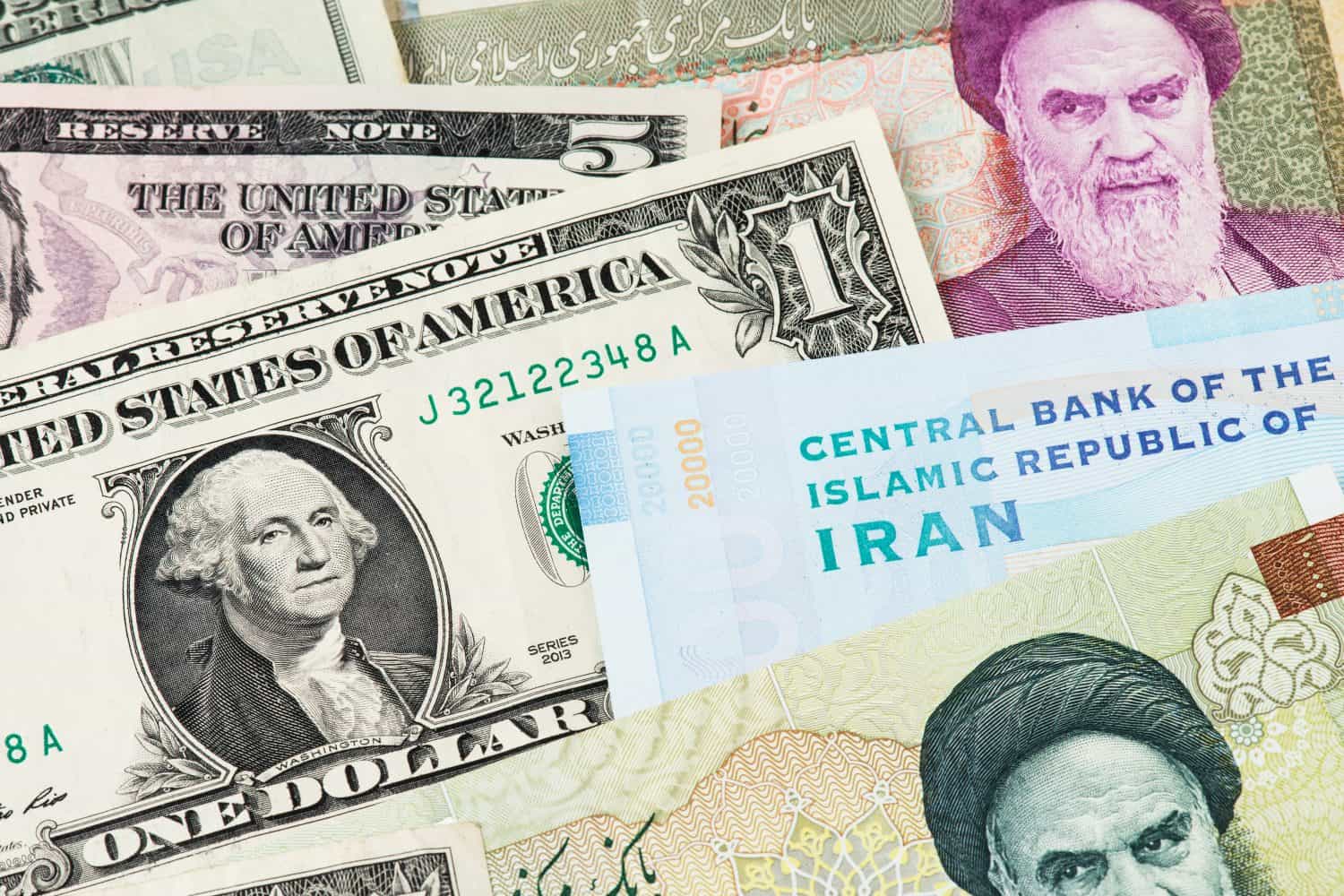
Financial markets around the world have faced significant upheaval this year, impacting not only stock markets but also the value of national currencies. This matters greatly not just to forex traders but to billions of people worldwide. When a currency is strong, it enables consumers to purchase more from other countries and draws in foreign investment, which in turn supports job creation and government revenues. On the other hand, weak currencies push up the cost of imports, drive inflation higher, and reduce living standards, placing additional strain on citizens and governments already under pressure. So, which national currencies stand out as the strongest and the weakest in 2025? Keep reading to find out.
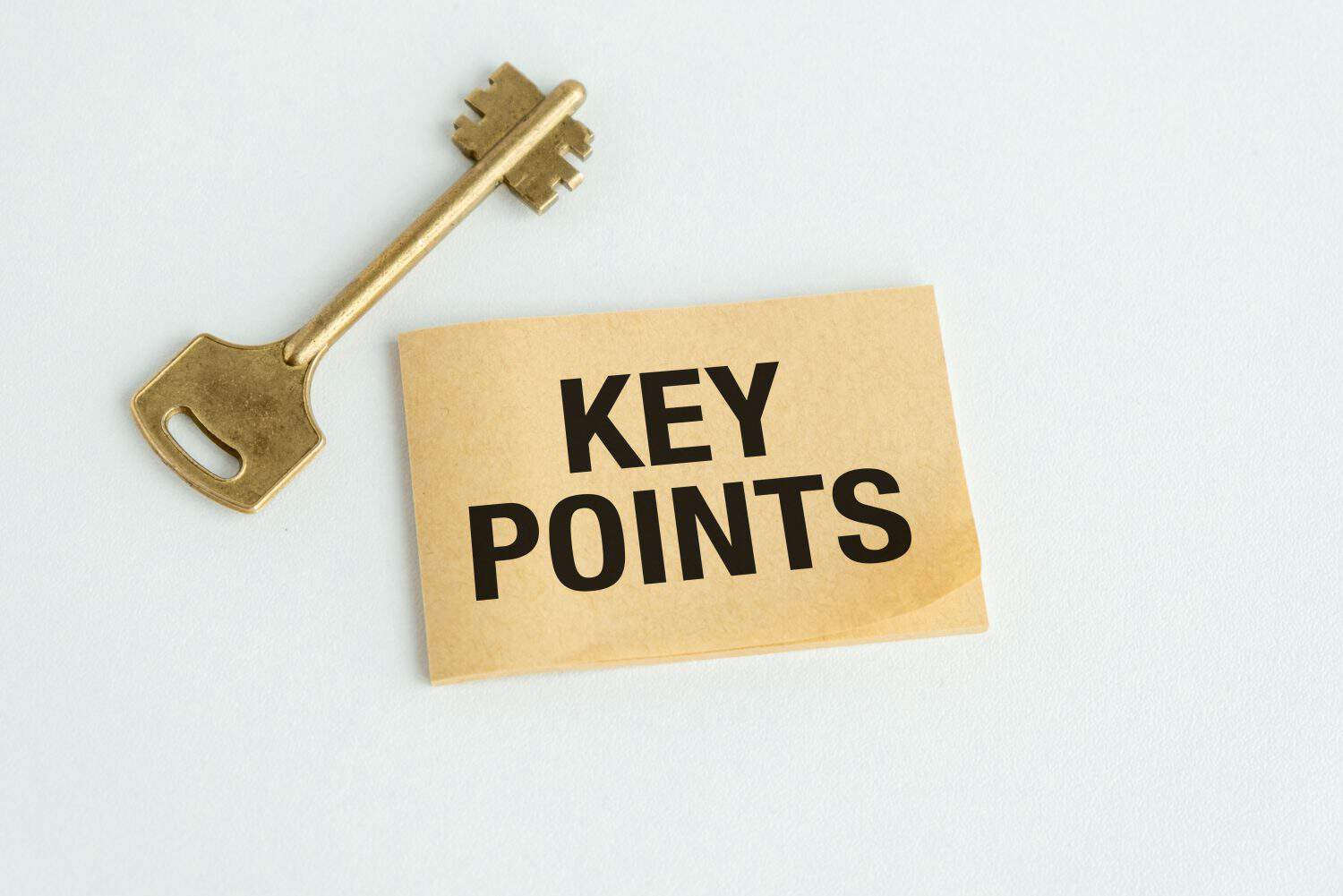
The strongest and weakest currencies in the world are indicators of nations that are prosperous and well-managed, or that suffer from severe problems that make international investors leery of placing bets on that country’s future.
4 million Americans are set to retire this year. If you want to join them, click here now to see if you’re behind, or ahead. It only takes a minute. (Sponsor)
Key Points
The Strongest National Currencies in 2025

The world’s most valuable currencies got that way because their countries have major advantages, including:
- Natural resources: like oil, minerals, hydroelectric power, or lumber.
- Prudent monetary policy: they often have fixed exchange rates or are pegged to the U.S. dollar to reduce their volatility.
- Economic and political stability: governments with strong currencies are economically diversified and administered in accord with sound economic policy.
- Financial hubs: some countries have cities that are financial hubs, like Hong Kong, London, or New York, that attract a lot of foreign capital that supports their currency.
Kuwaiti Dinar (KWD): Still the Strongest
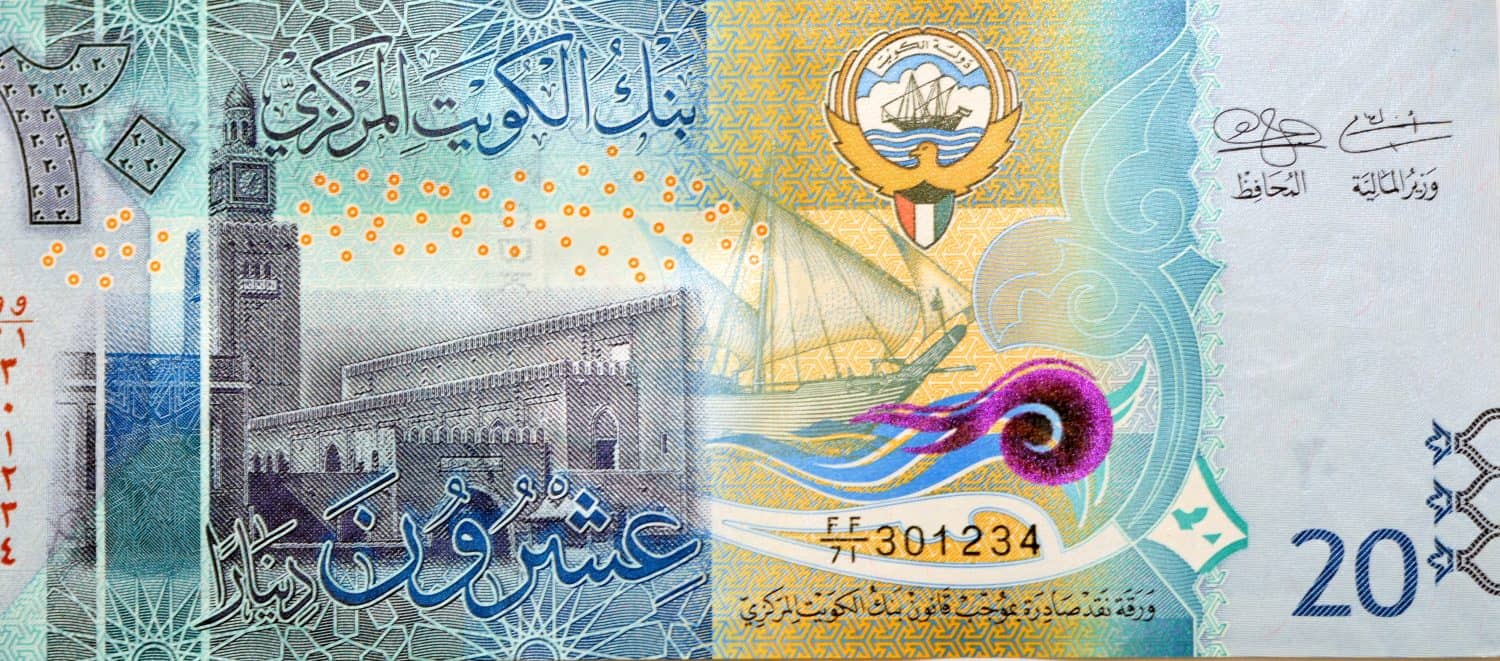
The Kuwaiti Dinar continues to top the global currency rankings, maintaining an exchange rate around 3.25 USD per dinar. Backed by massive oil reserves and a proactive diversification strategy, Kuwait’s economy balances energy exports with growing private sector development and sound monetary policy. And having thousands of American troops stationed in the country as a long-term guarantee against future invasion by Iraq, Iran, or any other aggressor doesn’t hurt!
Bahraini Dinar (BHD) and Omani Rial (OMR): Gulf Region Resilience
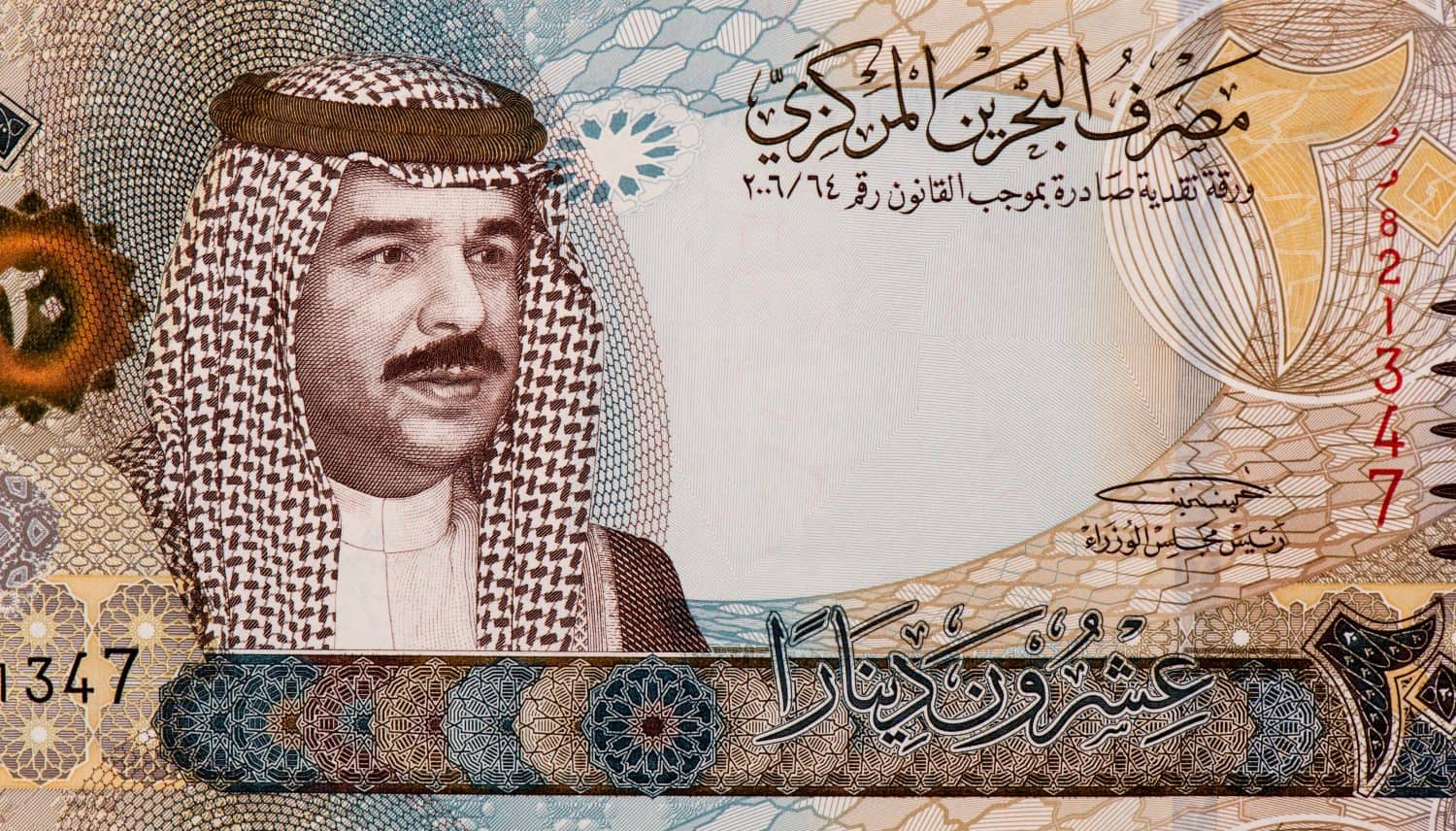
The BHD and OMR also rank among the strongest. Bahrain’s currency benefits from both oil exports and a developed financial sector, trading near 2.65 USD per dinar. Oman supports the rial with oil income while expanding into tourism, logistics, and agriculture, keeping it stable at approximately 2.60 USD. Both countries enjoy protection from the United States, Saudi Arabia, and other major powers, so they are able to prosper in a region that otherwise might seem too unstable for investment.
Jordanian Dinar (JOD): A Strong Currency Without Oil
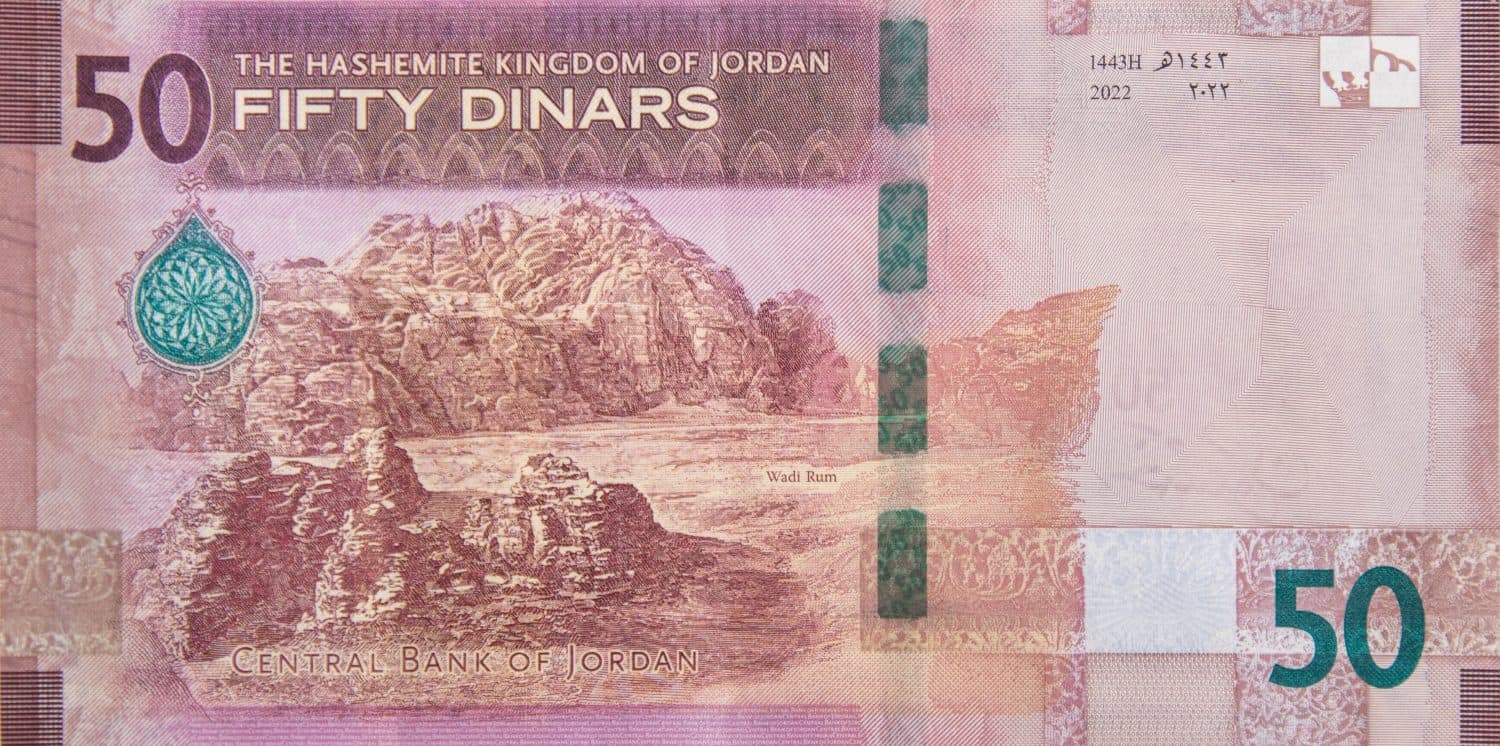
Jordan’s dinar surprises many with its strength, despite the country’s lack of significant natural resources. Thanks to conservative fiscal management, a strong central bank, and reliance on sectors like tourism and manufacturing, the dinar remains stable and is pegged to the US dollar. Jordan’s longstanding partnership with the United States and ability to maintain peaceful relations with neighboring Israel also reassure investors.
British Pound Sterling (GBP): Longstanding Global Player
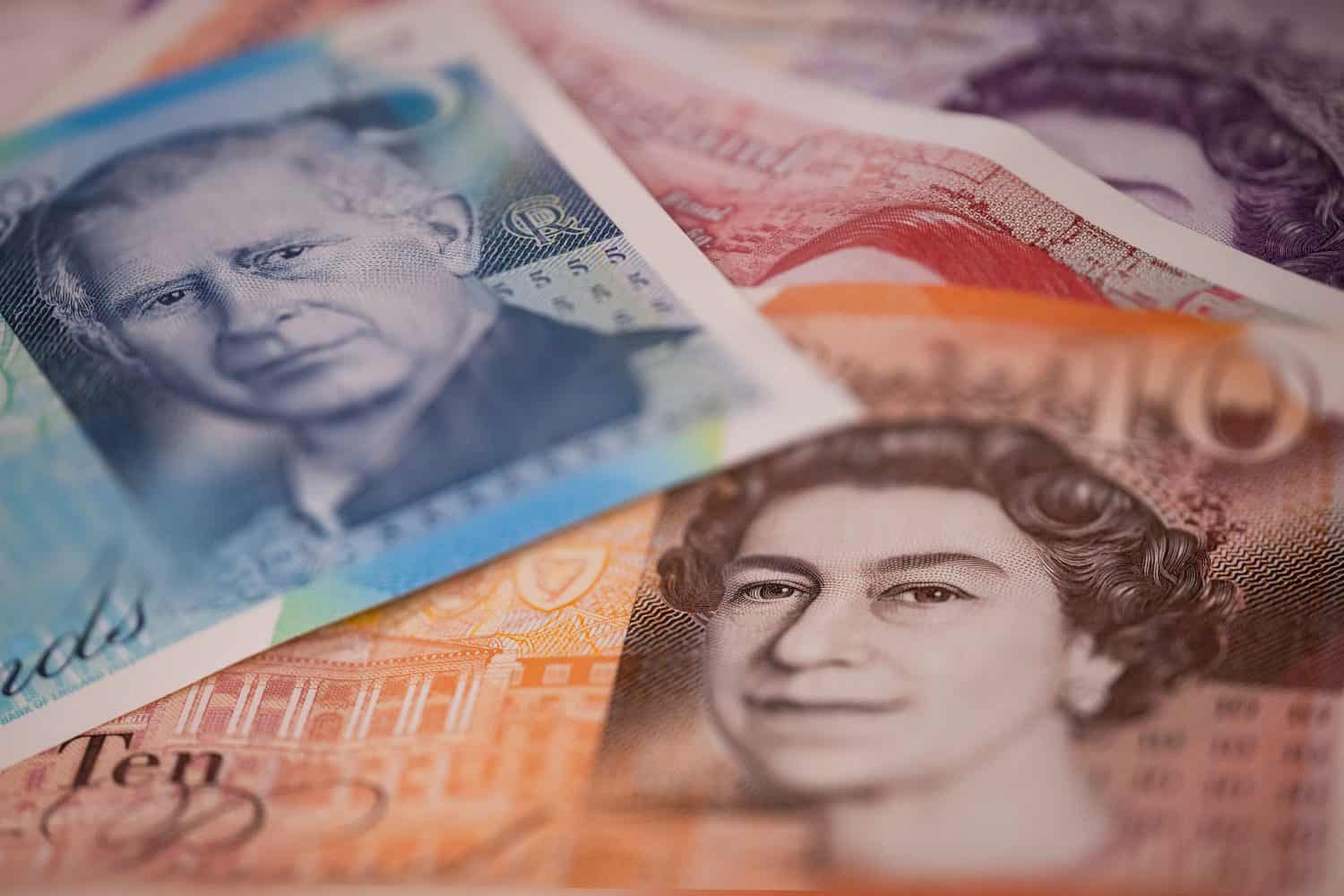
Brexit notwithstanding, the British pound retains its strength through a mix of economic size, global financial influence, and relative political stability. Trading at about 1.30 USD, the GBP continues to be one of the world’s most trusted and widely accepted currencies. It is the fourth most-held reserve currency worldwide, accounting for about 5% of global currency reserves.
Other Notably Strong Currencies
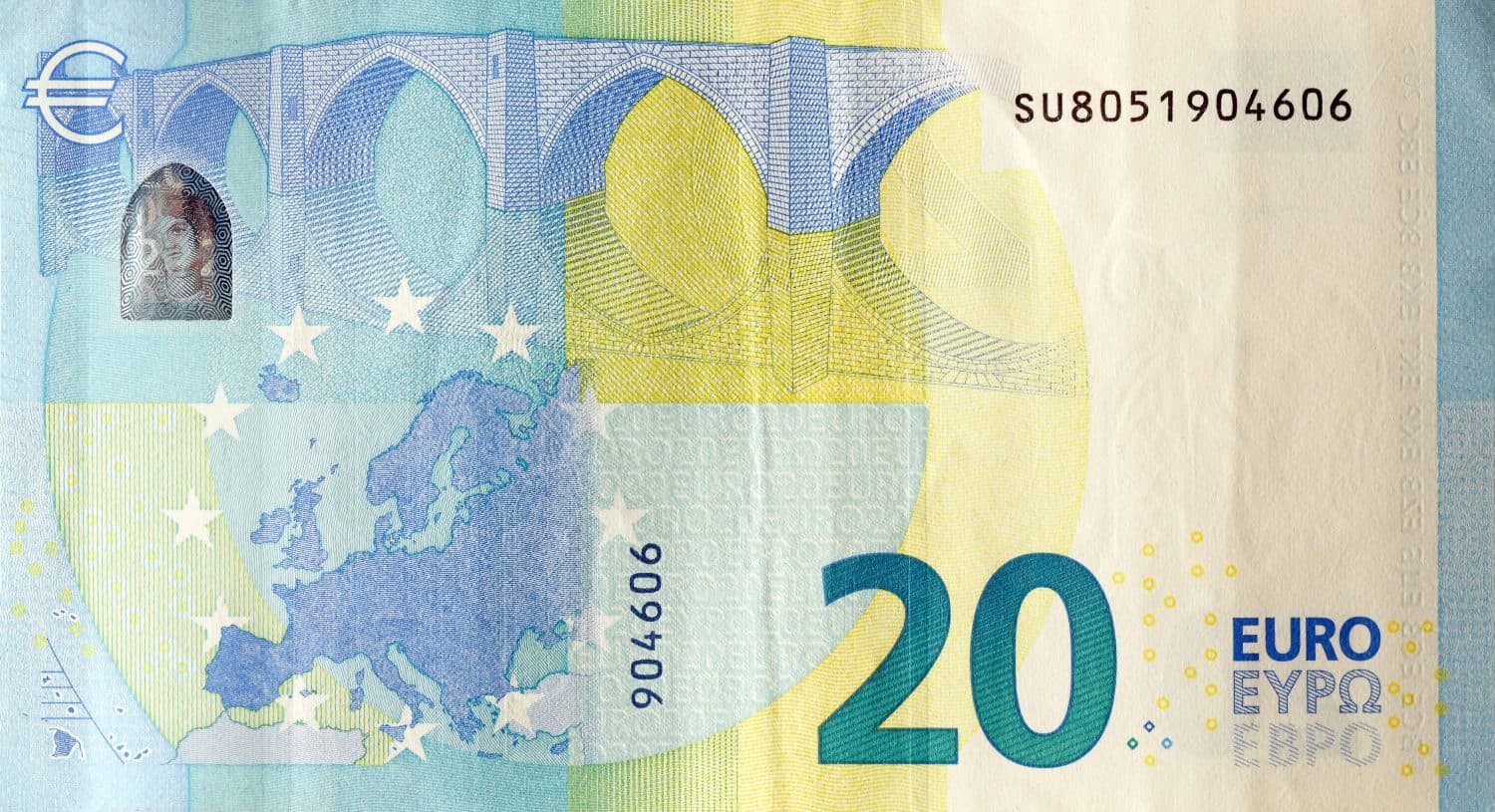
The Gibraltar Pound, Cayman Islands Dollar, Swiss Franc, and Euro all hold strong positions. Tied to stable governments or financial hubs, these currencies benefit from capital inflows and robust institutions. The US Dollar, although the most traded globally, sits around parity and ranks tenth in sheer value.
The Weakest National Currencies in 2025
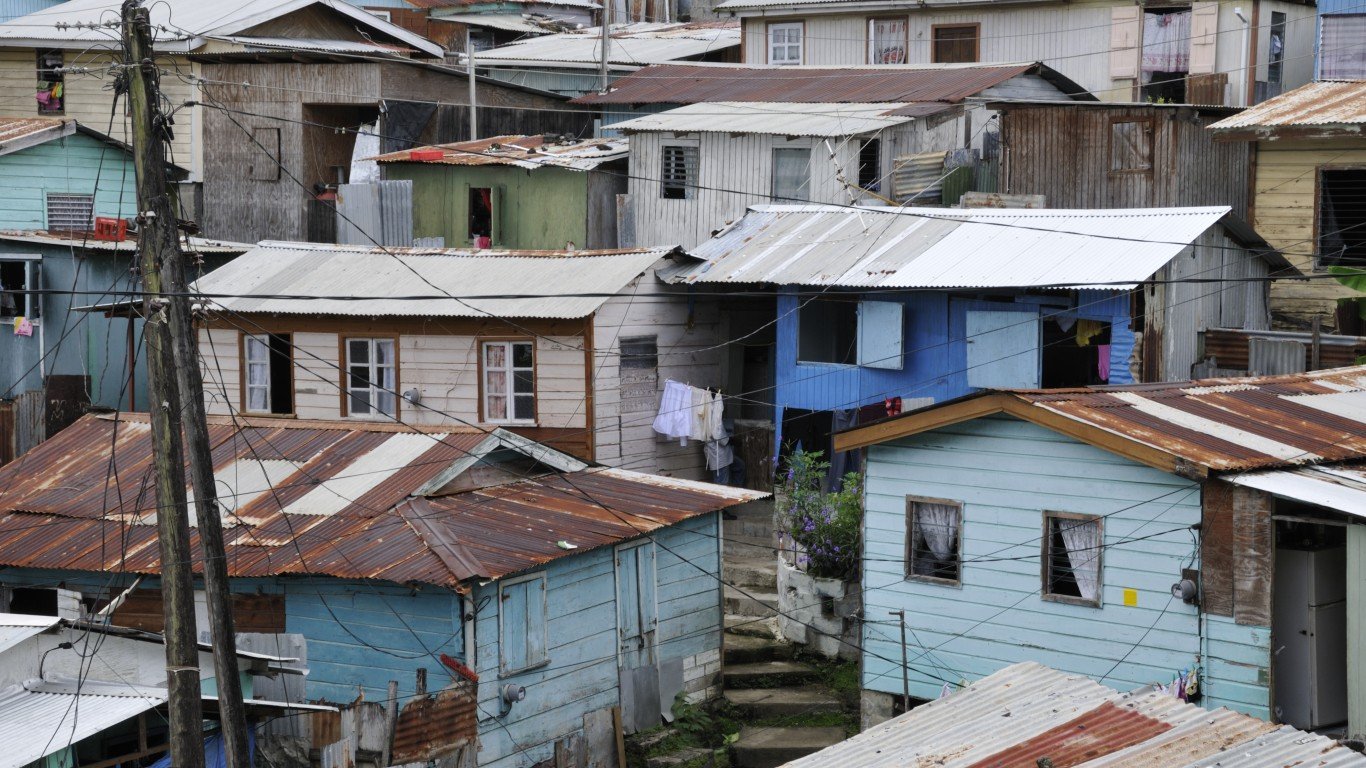
On the flip side, some countries struggle with devalued currencies because of unfortuante circumstances or systemic issues that make investors jittery. These include:
-
Poor governance: corruption, political weakness, and excessively ideological rather than pragmatic approaches to national policies can quickly tank an economy.
-
Fiscal mismanagement: the leadership in some countries is ill-equipped to manage a national economy in an intensely competitive global economy. Political leaders often find it all too easy to manipulate monetary policy to curry short-term favor with the citizenry that can lead to currency devaluation and inflation.
-
International sanctions: Some countries just don’t work and play well with others. When countries like Russia or Iran get slapped with heavy sanctions, their currencies become radioactive internationally.
-
Undiversified economies: Some countries are so heavily reliant on a limited number of commodities, like oil, coffee, or mineral exports, their currencies devalue when market forces cause prices to drop.
Lebanese Pound (LBP): Still the Lowest
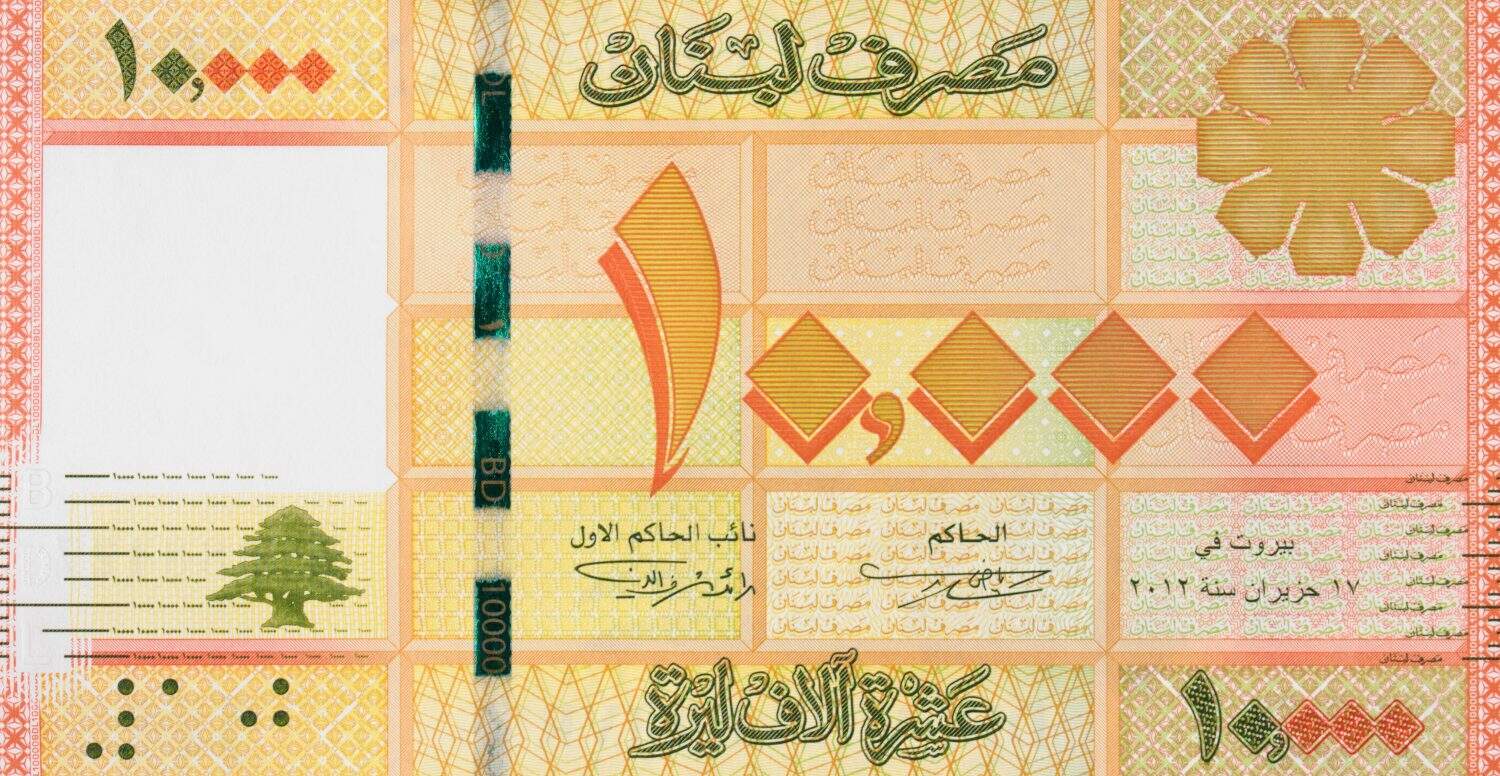
With an exchange rate near 89,000 LBP per 1 USD, the Lebanese pound remains the weakest in the world. Lebanon’s financial collapse, political dysfunction, and runaway inflation have destroyed public trust in the currency. Military intervention by Israel in the southern part of the country to battle Hezbollah has greatly spooked investors.
Iranian Rial (IRR): Crushed by Isolation
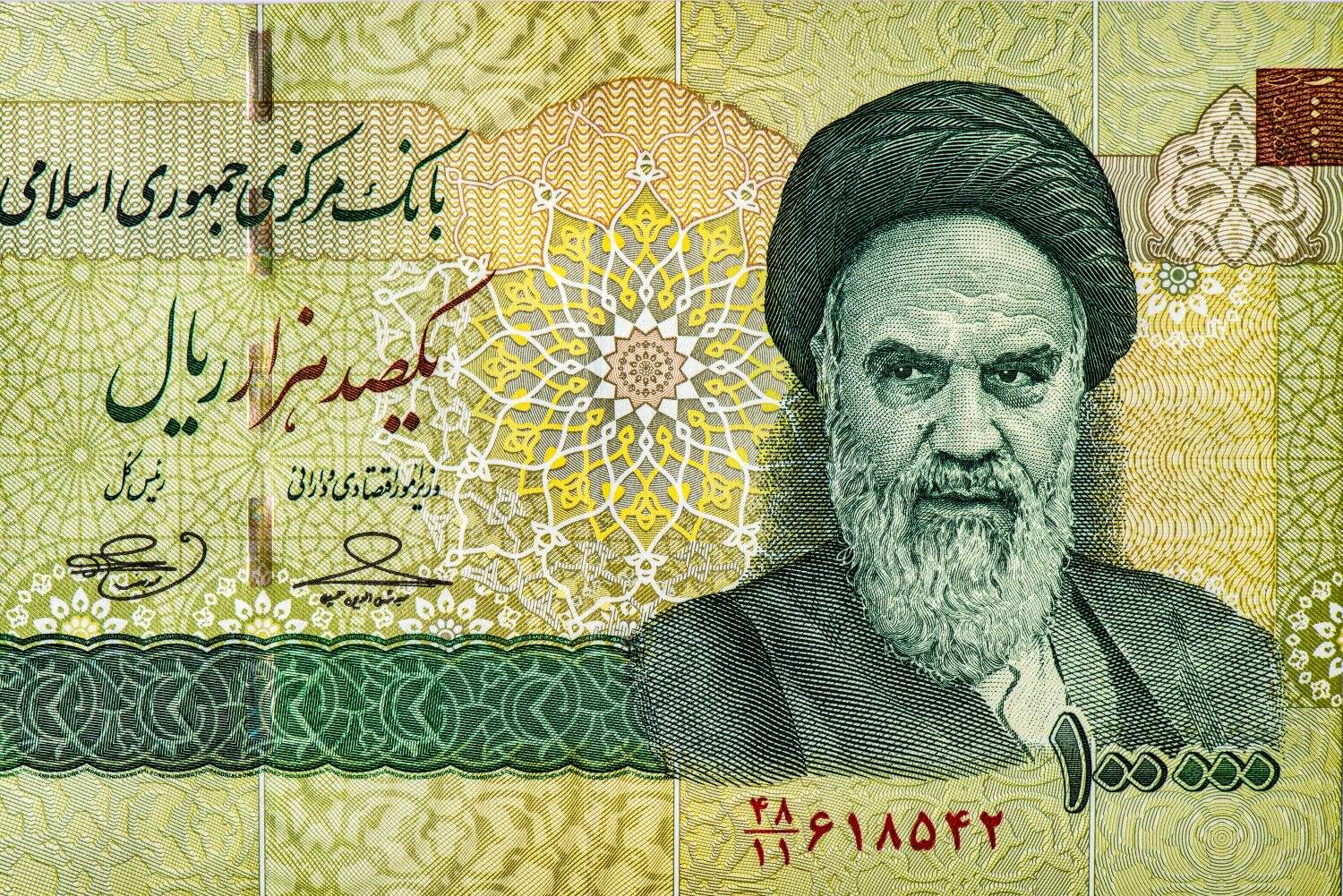
The Iranian Rial trades around 0.0021 USD per rial, among the lowest globally. Economic sanctions, global isolation, and inflationary pressure continue to erode the rial’s value and hurt domestic purchasing power. Iran’s military clashes with Israel in recent years, its deepening partnership with Russia, and its steady progress toward the threshold of nuclear weapons are all factors that make it a less attractive haven for international investors.
Other Weak Performers
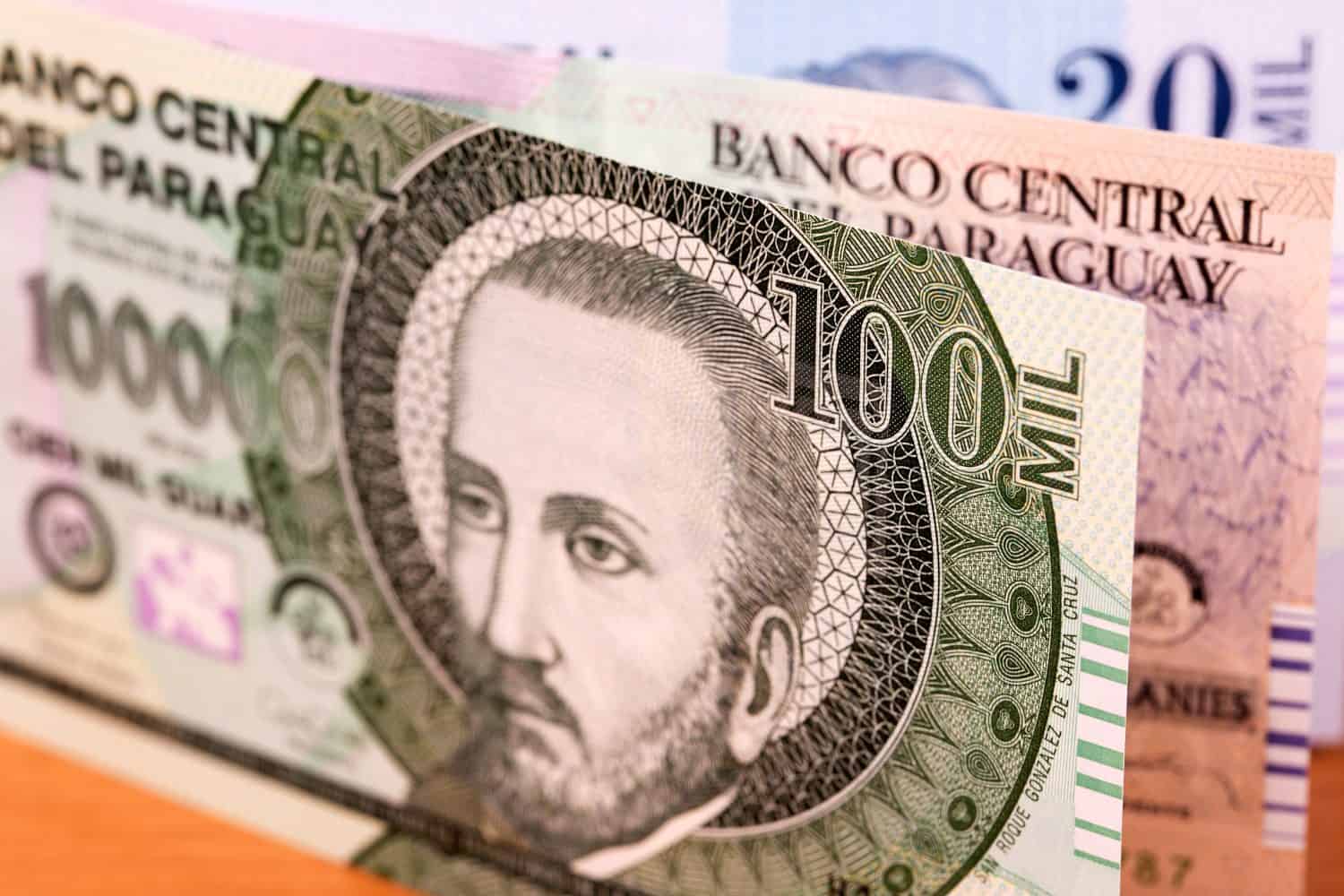
Currencies like the Paraguayan Guarani are also struggling and face long-term devluation. The Venezuelan Bolívar continues to lose value amid hyperinflation and economic mismanagement. Although Venezuela has huge oil reserves, its government has pursued Marxist economic policies, political repression, and confrontation with the United States that has led to a mass exodus of millions of its best and brightest citizens. The Zimbabwean Dollar is another currency that has gone through repeated redenominations due to chronic inflation. The government now recognizes the American dollar and several other major world currencies as official currencies in Zimbabwe.
Looking Ahead
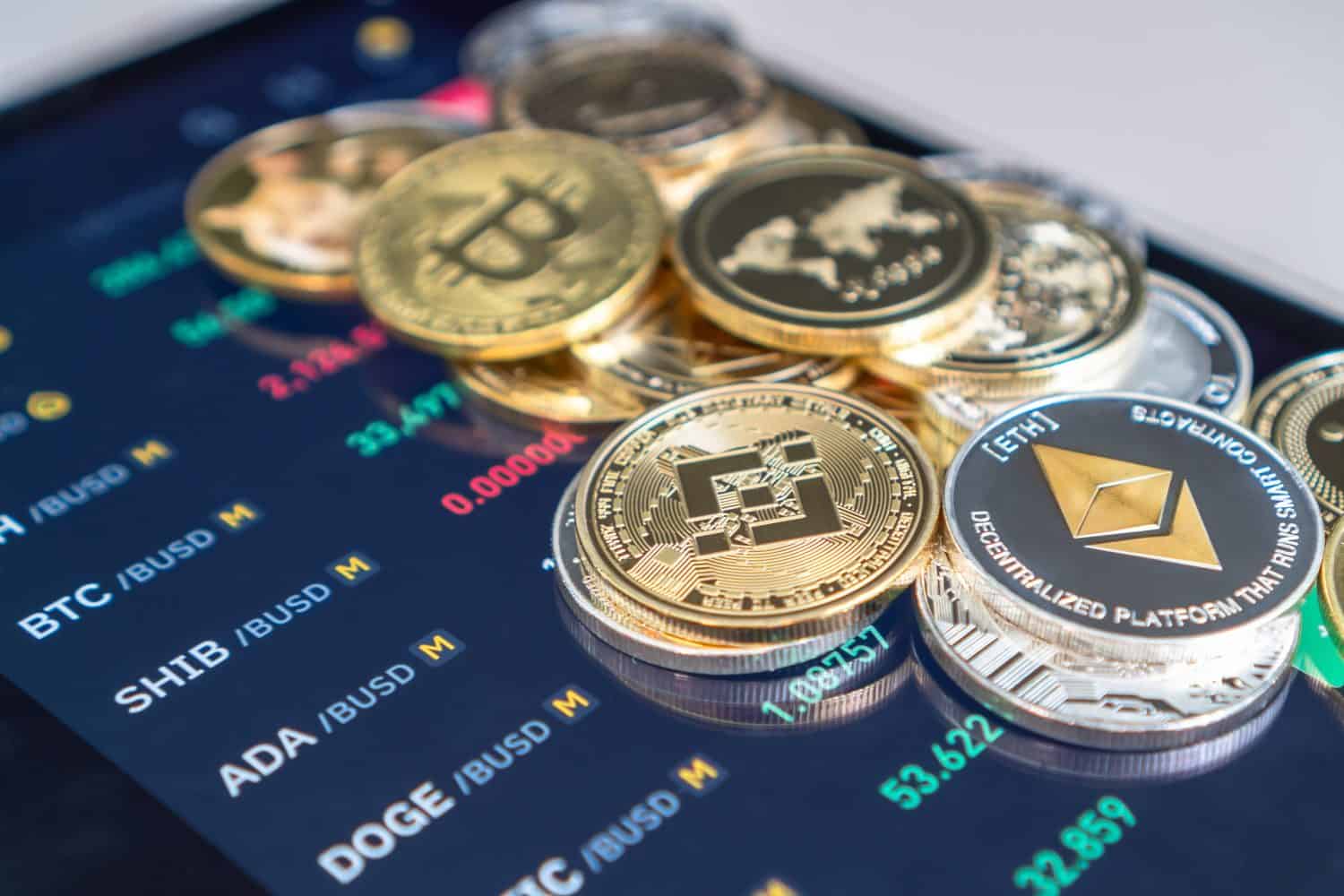
Regardless of countries’ internal strengths and weaknesses, technology will continue to upend the status quo, making it difficult even for the most economically-savvy and well-endowed countries to keep up. The highly volatile cryptocurrency market is likely just the first of many disruptive changes that lie in the near future.
The post Which National Currencies are the Strongest, and the Weakest, in the World in 2025? appeared first on 24/7 Wall St..

